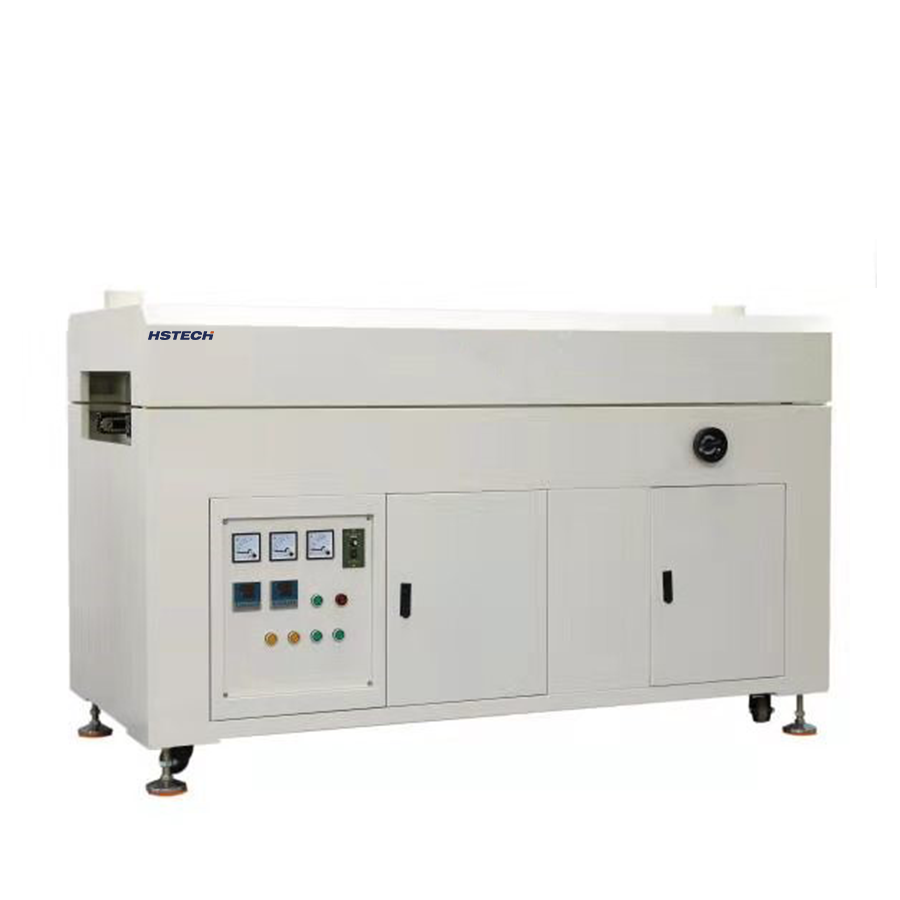Structural analysis of induction IR curing oven products
Release time:
2022-01-25
The structure of induction IR curing oven products is relatively complex, usually composed of furnace shell, induction coil, hot air circulation system, coil hot oil heating system, coil interface workstation cooling water circulation system, explosion-proof system and waste gas treatment system.
The structure of induction IR curing oven products is relatively complex, usually composed of furnace shell, induction coil, hot air circulation system, coil hot oil heating system, coil interface workstation cooling water circulation system, explosion-proof system and waste gas treatment system.

The inner and outer walls of the furnace body are made of stainless steel plates with a thickness of two millimeters. The thickness of the thermal insulation interlayer is also about 150 to 200 millimeters like other furnaces, which are filled with aluminum silicate fibers or other thermal insulation materials. There are hot air outlets and inlets of the hot air circulation system on both sides of the furnace. The coating line IR curing oven products is different from other furnaces in that the hot air circulation system of the induction IR curing oven products is not used for curing the coating, but for the inside of the furnace. The temperature and pressure at each point are set uniformly.
The induction coil used for coating curing is generally wound into a rectangular structure, made of red copper tube, and the cross-section of the copper tube is circular. The circulating hot oil is introduced into the copper tube to prevent the solvent vapor in the furnace from liquefying and attaching to the outer surface of the copper tube when the coil is powered off, so as to reduce the power loss of the coil. Therefore, the surface temperature of the coil after the circulating hot oil is introduced must also be higher than the evaporation temperature of the solvent, and the temperature of the hot oil is generally 250 to 400 degrees Celsius.
When the production line stops normally or fails, the induction coil is suddenly cut off, and the solution vapor remaining in the furnace is very easy to liquefy and adhere to the outer surface of the induction coil. After a long time, the surface of the induction coil will accumulate into a layer Hard-to-remove dura mater that affects the efficiency of the coil. Therefore, the temperature of the circulating air only needs to be kept at the evaporation temperature of the solvent, which is generally 150 to 250 degrees Celsius.
Induction IR curing oven products have the advantages of fast curing of the coating, clean surface of the product and no wind pattern. However, it also has defects, because the coating is in the leveling stage before the strip enters the furnace and for a period of time after entering the furnace, and the solvent as a dispersant plays a very important guiding role in the leveling process. If the solvent evaporates too quickly in the induction furnace at this stage, although the coating after the furnace has been cured, the coating will easily become rough due to the short leveling time, and even the bubble point of solvent boiling will appear.



